Businesses can maximize their sales, revenue, and reach if they know who would be interested in their products. Defining a target audience helps companies make informed decisions about marketing campaigns, product designs, and offers. Most importantly, they can better reach their audience if they know who they are and where to find them.
What Is a Target Audience?
A target audience refers to a group of people a business is trying to reach through marketing campaigns. In other words, a target audience constitutes people who are likely to be interested in buying your products or services.
Businesses intend to reach people interested in their products and services. If they fail to reach the right audience, they will only get traffic, which will not convert into sales.
Features that Define a Target Audience
Demographics
For effective marketing campaigns, you must know the demographics of the people you aim to target. Demographics define the characteristics and features of a particular group of people. They include age, gender, location, income, education, etc.
Target audience demographics help businesses design targeted campaigns, saving time and resources. You will reach prospective customers if you know where to find them. Similarly, in your ad campaigns, you will create content that resonates with them.
Their Needs and Demands
Defining the needs and demands of your target audience helps you create content according to their needs. Additionally, it also assists in introducing relevant product features and offering discounts. For example, your audience may want a free trial before buying the product. Or they may be interested in 24/7 customer service.
Difficulties and Problems They Face
Your perception of prospective customers’ problems and difficulties may not be correct. If your products and services do not solve the problems of your target audience, they will likely buy from your competitor. Therefore, you can gain a competitive advantage only if you are aware of the issues and difficulties of your target audience.
Another advantage you get from defining the troubles of the people you are targeting is that you can create content accordingly. You can create guides or compare products to help prospective buyers in purchase decisions.
Platforms They Use to Find Information
People use different platforms to look for information online. Some people spend more time on YouTube, while some like blogs. You can identify the ideal platform to interact with your audience based on the following information:
Age, gender, employment, and location of your target audience: Different platforms are popular among varying age groups, genders, and countries. For example, YouTube is popular among people between 15 and 35. Similarly, LinkedIn is famous among professionals.
Social media and Web analytics: Your social media and web analytics also assist you in figuring out which platform is performing best for your niche.
Five Ways to Find Your Target Audience
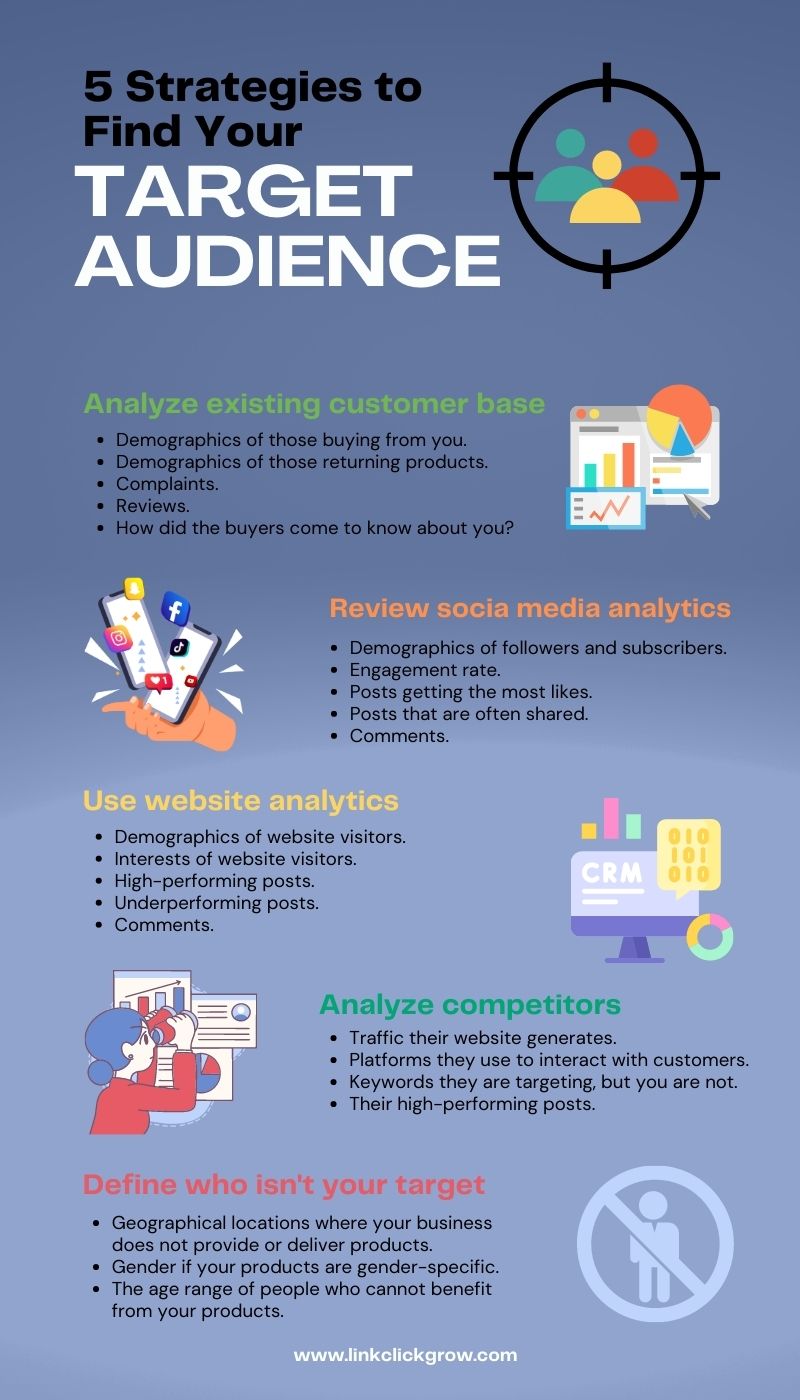
1. Analyze the Existing Customer Base
Analyzing your customer data is the most effective way to find your target audience. People who have already bought from you define the people who will likely be interested in buying your products. Dig into the database of your existing customers and look for information such as age, language, location, gender, etc.
As a first step, ask for the above information whenever a customer buys something. You should also ask how they got to know about your brand.
Look for people who bought from you more than once. Also, look for the demographics of those who returned a product or filed a complaint.
Complaints and refunds provide insights into what your customers like to buy. This information helps brand improve their products and services.
2. Review Social Media Analytics
People who follow you on social media posts are likely those interested in your business. Therefore, reviewing your social media analytics helps define your target audience.
Almost every social media platform gives insights into the demographics of people following you. For example, click the three bars on Instagram at the top right corner of your profile page. Then click on ‘Insights’ and click ‘Total Followers’. Scroll down, and you will find analytics related to the age and gender of followers, as shown in the image below:
Similarly, likes and shares also give valuable insights into content performance. High-performing content helps you understand what your audience is looking for. As a result, you can identify the problems and concerns of your target audience.
Last, comments assist in understanding the needs and demands of the people you target. People may share their experience with your product in the comments section and give suggestions. This information helps businesses provide services and products that best suit their target consumers’ needs.
Analyzing the performance of posts can become an exhausting and challenging process with time. Analyzing content performance would take more time as the number of posts increases. Therefore, I recommend using a social media management tool for managing all your accounts in one place. Social Champ is a tool that tracks platform-specific metrics, generates reports, identifies top-performing content, and compares monthly/weekly reports.
3. Understand Web Analytics
Website analytics gives you insight into the demographics of people visiting your site. You can use Google Analytics to find out the geographic location, language, age, and gender of your current visitors. Google Analytics also lets you dig a little deeper to find out the interests of your visitors. MonsterInsights is a WordPress plugin that sets up Google Analytics in your WordPress, and you get all the information in your dashboard.
With the above analytics, businesses can better create their marketing campaigns. You can also check the performance of your marketing campaigns or compare two campaigns. Additionally, based on the interests of your visitors, you can offer additional services, new products, or improved features to increase revenue.
4. Analyze Competitors
Analyzing competitors is another effective way to define your target audience. Identify the top competitors and investigate who they are targeting. You can look into their content to see what type of content they are creating and what topics they are covering. This information will help you identify the audience they are aiming to reach. Also, please find out the platforms they mostly use to interact with customers.
I recommend using competitor analysis tools like SEMrush, Serpstat, and SpyFu to get valuable information, including competitor’s top pages, traffic, and keywords.
5. Define Who Isn’t Your Target Audience
Many visitors coming to the website or following you on social media would be interested in something other than your business or brand. Figuring out who isn’t your target helps you reach genuine prospective customers.
For example, if your brand is local and caters to only people from a specific country, you should not target people from any other country.
How to Reach Your Target Audience
After identifying your target audience, you must choose the right way to reach them. The following are the most effective ways to reach the audience:
1. Create Relevant Content
Content marketing is a cost-effective marketing approach to reach the people you are targeting. You can create content in various forms, such as blog posts, YouTube videos, podcasts, Infographics, webinars, eBooks, and emails. However, remember to create content for each of the following four stages of a buyer’s journey.
Awareness
In this stage, you create content for prospective customers unaware of your existence. Your content must address prospective customers’ concerns and answer their questions. You can learn about customers’ pain points by reviewing their questions on discussion forums. You can use BuzzSumo to find popular inquiries related to a keyword on Q&A sites and discussion forums like Amazon, Reddit, and Quora.
Content you should create in this stage includes guides, eBooks, what posts, how-to posts, and why posts.
Consideration
In this stage, a customer is aware of your brand and products but is also considering other options. Therefore, create content that helps customers in their purchase decisions. Your content should convince customers to choose your products.
Customers in this stage are interested in how-to-posts, product reviews, comparison posts, and list posts covering the best products.
Decision
Customers in this stage are interested in buying your products but looking for the following additional information before purchase:
- Product Literature
- Demos
- FAQs
- Warranties
- Refund & cancellation policy
- Shipping information
- Payment plans and options
Retention
Rtention is the final stage of a buyer’s journey, in which you create content to ensure customers return for more purchases and recommend your products to others. Customers in this stage are interested in the following content:
- Video tutorials or step-by-step guides demonstrating how to use the product.
- Feedback page where they can share their experience.
- Promotions and offers.
- Content about updates and new products
Remember to set goals and determine KPIs for each stage of the buyer’s journey. The KPIs will help you assess content performance and improve your marketing strategy.
2. Run Targeted Ad Campaigns
This way of reaching a target audience works well for startups and established businesses. You can run targeted campaigns on Google or social media platforms. In targeted campaigns, you specify the age, location, interests, and gender of people you want to reach. As a result, your ads will be shown to only those who meet your criteria.
Targeted campaigns yield better results than generic campaigns. Reaching the right people means more of them will convert into customers. Higher conversions lead to higher revenue, which is what you want to achieve through marketing campaigns.
3. Work with Relevant Influencers
Influencers are people who have a huge fan following. They are considered reputable, and their opinion strongly influences followers. Therefore, work with influencers whose followers include people you are trying to reach. However, in most cases, the influencers will only promote your product if they are satisfied with its quality and have had a good experience using it.
Additionally, in many cases, influencers may ask for a reward or money in return for promoting your products.
Finding the right influencers in your niche is a difficult task. Therefore, I recommend using tools like NinjaOutreach and BuzzSumo to find influencers in your niche.
4. Use Referral Programs
In referral programs, brands ask their existing customers to refer their products to friends and family. In return, brands may offer an incentive. For example, you can ask your customers to refer a certain number of people and get 10% off on their next purchase. Alternatively, you can ask your followers on social media to refer X number of people and participate in a lucky draw.
5. Use Hashtags
Using the right hashtags with social media posts can help extend your reach. Hashtags ensure your content shows up when people search for those keywords. You can include hashtags on social media platforms such as TikTok, Instagram, and Twitter.
Why It is Important to Define Your Target Audience?
Efficient Use of Time and Resources
Understanding your target audience helps you reach the right people who will likely be interested in your products. You will not waste resources and time on marketing campaigns that will not yield the desired results. Instead, defining the audience helps you create targeted marketing campaigns, ensuring your resources and time are used efficiently.
Build Relationships
You can build customer relationships only if you know their problems and difficulties. Defining an audience helps businesses understand what their prospective customers want and expect. Consequently, companies better serve their customers by building trust.
Increased ROI
Understanding your target audience’s needs, demands, preferences, and problems helps you design products and provide services according to their requirements. Developing the right products increases sales. As a result, your ROI will also increase.
Conclusion
Growing business and increasing revenue is much easier if you target the right people. The better you know your target audience, the better your marketing campaigns are. Therefore, spend some time identifying the people interested in your products and reaching them strategically.

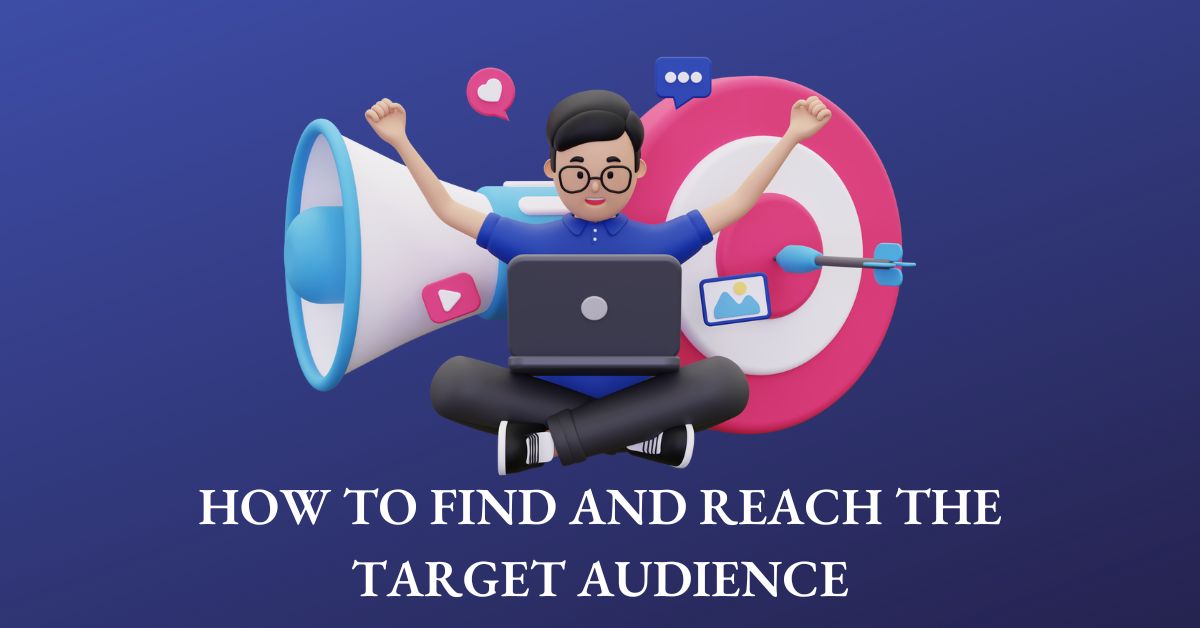
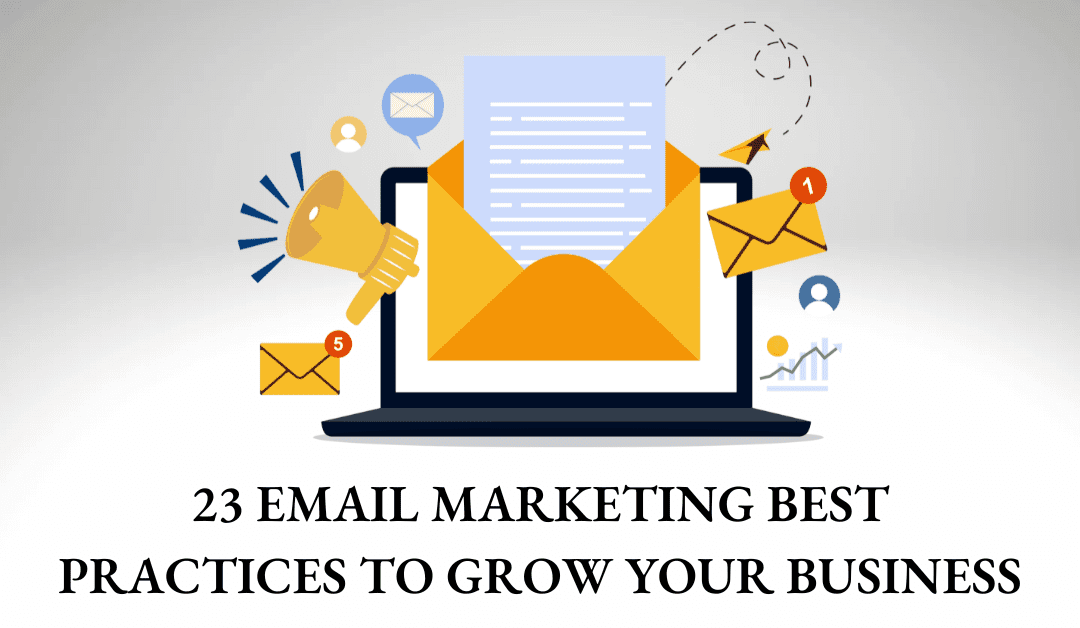
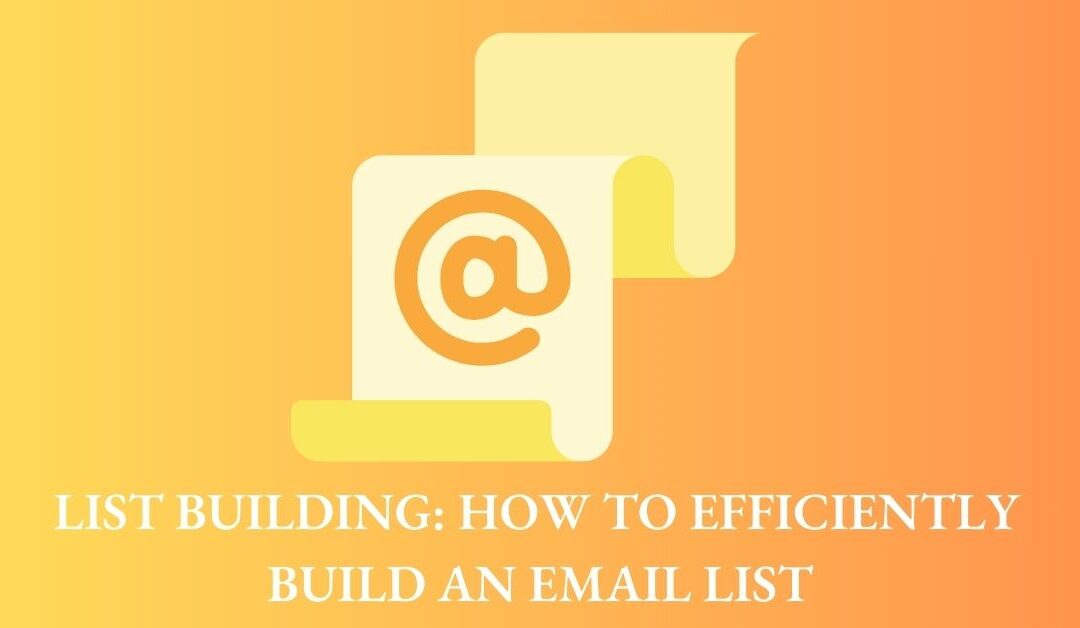

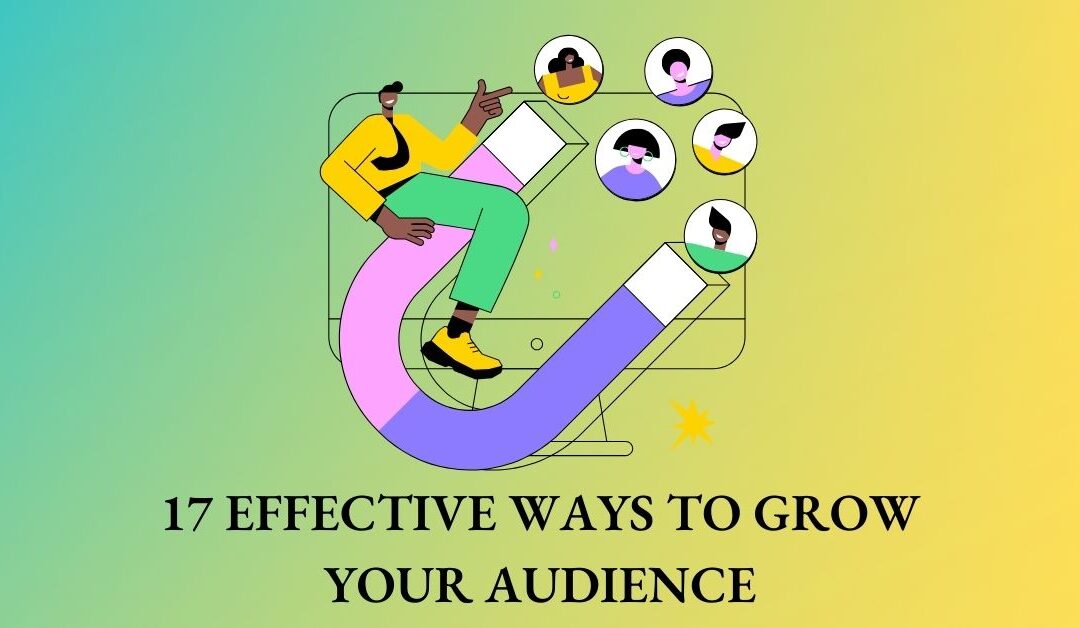
0 Comments